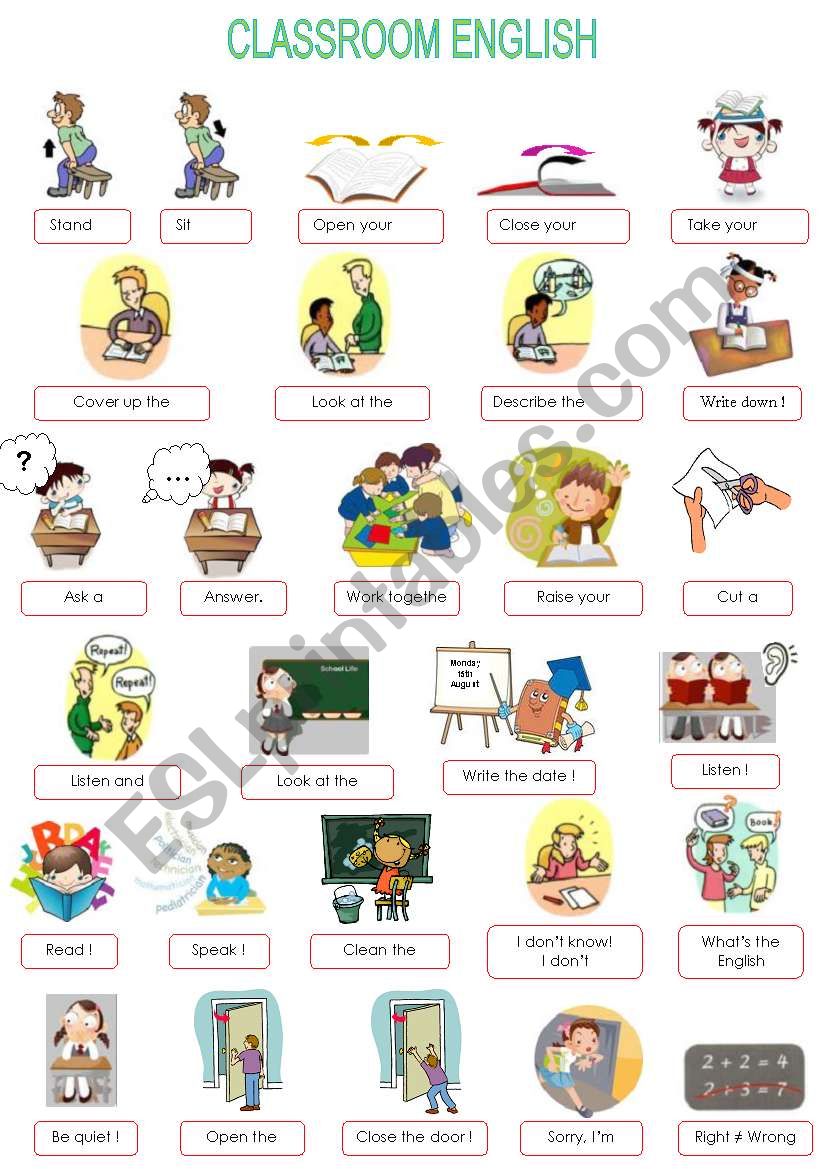
The roles are described below and can be adjusted depending on how many students are in each group. If you invest time in communicating expectations and practicing procedures, the process will become effortless and students will easily be able to change roles and teams as needed. It is important to provide opportunities for the class to practice working in teams and fulfilling each of the roles. It is imperative that you thoroughly explain the purpose of learning teams and the responsibilities of each role to students. How frequently you create new learning teams depends on the needs of your class. Many teachers choose to keep the same teams for a designated period of time such as a month, a marking period, or a semester. The ideal number for a team is between 4 and 6 students. Smaller teams provide more opportunities for students to participate and keep each other focused. One way to increase student participation is to organize learning teams with specific roles for each student. Whether we have 25, 55, or 95 students, it is hard to deliver instruction and circulate around the classroom to be sure every student is being attentive and understands the content.

One challenge of having a large class is ensuring that all students are engaged and participate in the lesson and activities.


 0 kommentar(er)
0 kommentar(er)
